Spectrum for 5G: Is TRC Jumping the Gun?
The Telecommunications Regulatory Commission (TRC) recently announced that the frequency spectrum currently used by the analogue television is to be auctioned to telecommunication companies for 5G use. If it is a strategic policy direction, I wonder whether it has been given due diligence?
The reason given by the TRC is that once the analogue television is digitised by replacing the existing analogue terrestrial television services for good, the amount of spectrum needed for digitised television is much lower. Therefore, the spectrum that will be vacant can be auctioned or identified to be auctioned to telecommunication companies. This is true in terms of the vacant spectrum. However, why auction spectrum above 700 MHz, amounting to a total of 170 MHz, without an assurance that spectrum arrangements for broadcasters fulfil the requirements of the broadcasting fraternity and the public in the digital domain?
In making such decisions the TRC should think from the position of a broadcaster/consumer as well as a Regulator/frequency provider of telecommunication services. This inability to see things from the point of view of broadcaster/consumer is a significant cultural problem that exists with many telecommunication regulators in developing countries!
Broadcast Spectrum Planning Issues
In the past, in the analogue era, the absence of service area identification, coverage definition and protection requirements for the services were not defined. The impact of such ill-conceived planning policies over the years by the TRC, has led to haphazard channel planning and assignments to broadcasting services, particularly in the Colombo region. This has resulted in spectrum congestion in both VHF and UHF broadcasting bands and numerous difficulties in the supervision and management of the broadcasting spectrum. It may have been due to the dearth of expertise and lack of understanding of broadcast planning issues within the TRC.
Before, the implementation of digital terrestrial broadcasting in the country such inadequacies would need to be addressed by mandating new broadcast planning policies and spectrum planning principles. This is critical in a digital environment as the signals are prone to abrupt signal ‘drop outs’ similar to that on mobile phones due to the ‘cliff effect’. With analogue, this does not happen as signals ‘gracefully degrade’ with signal levels becoming weaker until the picture becomes too ‘snowy’ to watch.
TRC should know that it is the efficacy of the deployed digitisation system that will dictate the extent of digital dividend available, following Analogue Switch Off (ASO). This extent cannot be pre-empted without extensive consultation with stakeholders, including television broadcasters and the public. To my knowledge, consultation has been inadequate. The unwillingness to reach out to all stakeholders and the dearth of expertise in the country may have contributed to an unsatisfactory consultative process.
It is not a smart move to disguise TRC’s inaction as an ITU direction. The spectrum requirements specified for the digitisation system that is deployed for television broadcasting MUST ensure that the island-wide coverage will be far superior to the existing analogue television coverage. Besides, there should be catalysts to motivate viewers to spend money, particularly in this Covid-19 affected economy; the catalysts being High Definition Television, more channels and future 4K capability.
The ITU recommendation of spectrum for 5G above 700 MHz, is primarily based on the use of both VHF and UHF bands for terrestrial broadcasting, to ensure adequate spectrum for digitisation of both radio and television. For example, Australia uses both VHF and UHF for digital television and the VHF band is shared by digital television and radio.
If, as planned, the Japanese Digital Standard of ISDB-T configuration for Sri Lanka is used, the digital dividend would be far less; spectrum efficacy is likely to be drastically reduced and the VHF Band will be unused for terrestrial television. It is believed that TRC may heavily rely on Single Frequency Networks (SFNs) which, under any deployed system, will be difficult to implement in practice. In that context it is not clear why the Japanese have not proposed a VHF and UHF combined solution as deployed in Brazil, which had been pointed out by the writer when a Japanese team, including a senior Embassy official, met the writer in 2017. Their response was ‘no one asked for it’!
Reduced Spectrum for Digital Television Terrestrial Broadcasting
According to the TRC, the current allocation for television broadcasting in Sri Lanka is 470-870 MHz with the VHF Band being exclusively reserved for Radio after ASO. With the auctioning of spectrum above 700 MHz, the current allocation for television would be reduced by 170 MHz, resulting in the reduction of spectrum available in a given area for digital television broadcasting.
There are three broadcasting networks that use the VHF Band III extensively for their existing analogue transmissions, which provide coverage to a substantial part of the country. They are Rupavahini, ITN and TNL networks. All other broadcasting networks are on UHF.
Currently, the TRC has identified four UHF channels for digital terrestrial television, while leaving the VHF Band for Digital Radio only. The reduced spectrum, in conjunction with the optimal data capacity of the Japanese system, will restrict the total payload capacity available for digital television content in the begining.
Simple mathematics will reveal this significant problem. At present, there are 23 terrestrial analogue television services in operation in Colombo. If the Japanese system, ISDB-T, is used for digitisation and all 23 services are to be provided with at least a standard definition (SD) digital stream, each of the 4 digital channels with a payload capacity of 23 Mb/s can only carry a maximum of 6 SD streams, at 3.5 Mb/s. There is no room in the beginning for a High Definition (HD) stream that requires 8 Mb/s.
In contrast, the European system, DVB-T2, has a total payload capacity of 47 Mb/s and could provide a maximum of 6 SD and 3 HD streams. These HD streams will provide a catalyst for viewers to move to digital. This is a tried and tested strategy used by many countries to induce viewers to digitise their television and for the Government to maximise the digital dividend. The Japanese strategy outlined in a report in 2018 is to introduce HD after ASO on the vacant channels, which will then become costlier for the broadcasters as well as viewers.
I am at a loss to understand the current spectrum planning strategies adopted by the TRC! In this instance, they do not appear to be following ITU recommendations for sharing of VHF spectrum in a country where an overwhelming majority of the populace depends on free-to-air television and broadcasters enjoy the more economical VHF spectrum for broadcasting. Acceptance of such proposals could only mean there is a dearth of relevant expertise to understand their adverse consequences.
There are two major problems with the Japanese plans to limit digital transmissions to the UHF band:
- The conversion complexities of the existing VHF analogue coverage to UHF when a substantial portion of the country is currently covered by VHF transmissions; and
- Higher operational costs to broadcasters, particularly those who were on VHF.
Cabinet Approval for the Japanese Standard for Terrestrial Television
The Government has approved in principle the use of the Japanese digital terrestrial television system, ISDB-T. As highlighted earlier, the efficacy of ISDB-T falls far short of the ultra-efficient (almost 100% better) European system, DVB-T2. There will be turmoil in the broadcasting fraternity if some channels do not get access to a digital terrestrial platform.
As digitisation is a replacement technology, ALL television services in Sri Lanka MUST convert to Digital by a certain date, possibly after a successful analogue/digital simulcast period. It is clear that if only the UHF spectrum is to be used for conversion of ALL analogue services to digital, there is not enough spectrum. According to the Japanese study projection, there will not be universal coverage of replaced technology in the first instance and it is only estimated to cover 56% of recipients.
The current signal threshold of analogue coverage is 50 dBuV/m. However, some regional and rural viewers are receiving watchable signals well below this. If, as projected by the Japanese studies in 2014, the digital coverage is only converted at a higher level of 55 dBuV/m, the majority of regional and rural viewers will not be able to receive digital television coverage following ASO. This could potentially become a political nightmare for a Government that is battling with a new issue on a weekly basis in other spheres. Though Single Frequency Networks (SFNs) are a solution to mitigate this difference in coverage, it is not easy to effectively implement these at the receiver end. There are numerous receiver profiles in the market, which could also exacerbate the problems for viewers.
Since 2016, the writer has made numerous attempts to talk to relevant politicians and public servants with regard to both Lotus Tower and digitisation. There is some relief in that a timely article authored by this writer and published in the Island Newspaper of 15 August 2016, as a final desperate attempt to warn of defects in the planned installation of the Lotus Tower broadcast antennas, led to the installation of incorrect equipment being halted.
If the Government decides to commence both terrestrial digitisation and 5G implementation after auctioning the proposed vacant spectrum, the TRC would need to develop a strategic plan for both Digital Radio and Television, especially considering the current economic environment and beyond.
As recently as a couple of months ago, the writer communicated with the highest authority in the country and offered to assist with relevant expertise for no personal gain and was informed that the Chairman of the TRC would respond. To this date no response has been received. It is time the TRC sought the opinions of experts and broadcasters. Please think of the country and refrain from making hasty and harmful announcements that clearly reflect a dearth of local knowledge on issues related to digitisation of terrestrial television. Unless you show a willingness to listen to patriotic Sri Lankans with extensive experience in this sphere, you will fall into the same trap that you did with the Lotus Tower.
Shanthilal Nanayakkara
Retired Principal Engineer
Digital Transition Division
Australian Communications and Media Authority
-
Still No Comments Posted.



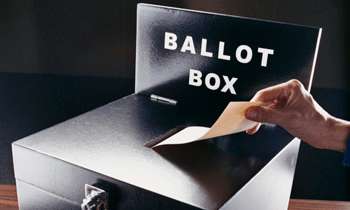
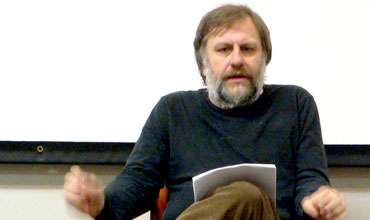
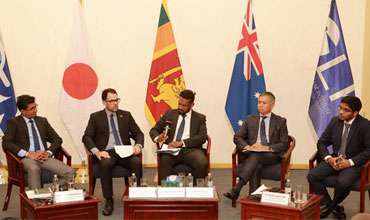
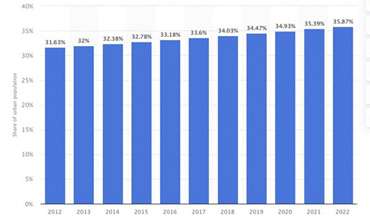
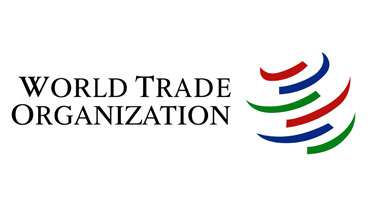
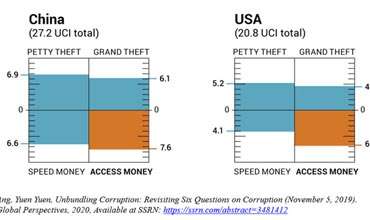

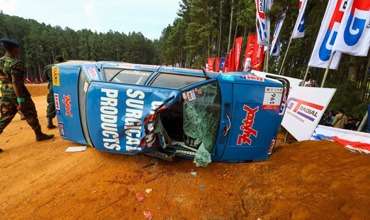
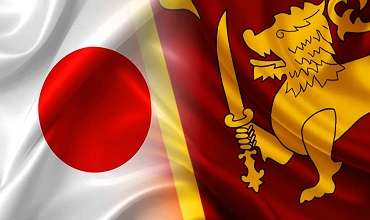
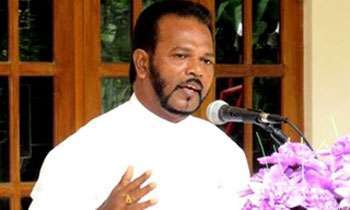
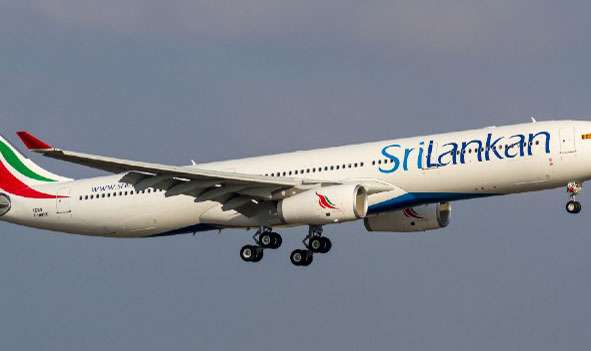
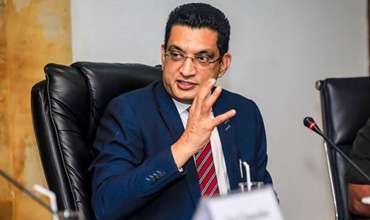
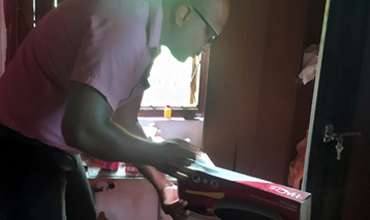
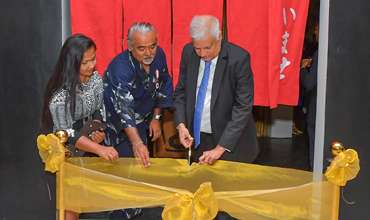

Leave Comments